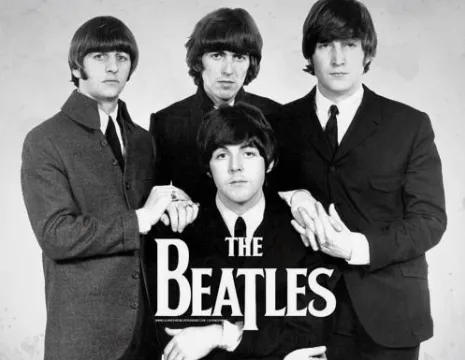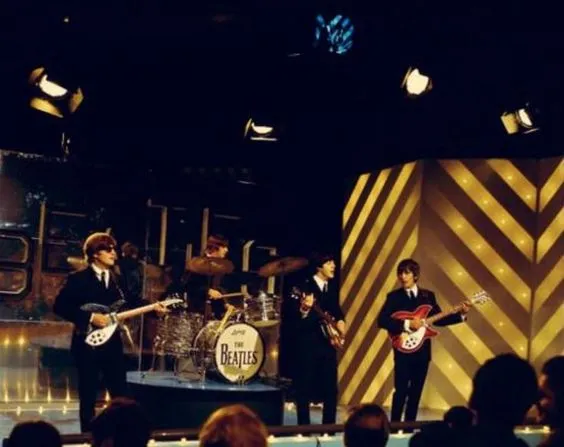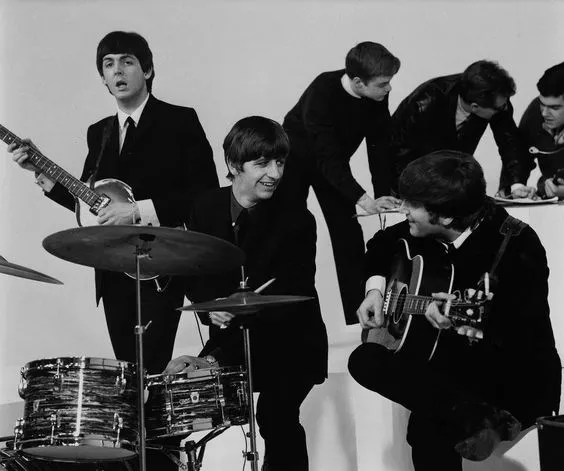About the song
(Watch the video below)
In the vast tapestry of The Beatles' illustrious career, "What Goes On" stands as a hidden gem—a modest yet undeniably infectious track that seamlessly blends elements of country, rock, and pop. Released on their landmark album "Rubber Soul" in 1965, the song serves as a testament to the band's versatility as songwriters and their willingness to explore new sonic territories.
Written primarily by John Lennon, with contributions from Paul McCartney and original Beatles drummer Pete Best, "What Goes On" is a departure from the band's more experimental and psychedelic offerings of the time. Instead, it harkens back to the group's early days playing in Liverpool's vibrant music scene, drawing inspiration from the rich tradition of American country music.
At its core, "What Goes On" is a simple yet infectious love song—a tale of heartache and longing set against the backdrop of twangy guitars, driving rhythms, and catchy melodies. With its upbeat tempo and sing-along chorus, the song exudes a sense of optimism and buoyancy that is quintessentially Beatles-esque.

What sets "What Goes On" apart is its seamless fusion of musical styles and influences. From the country-inflected guitar licks to the rockabilly-inspired rhythm, the song showcases The Beatles' ability to weave together disparate elements into a cohesive and compelling whole. It's a testament to their eclecticism as artists and their willingness to embrace new sounds and genres.
Lyrically, "What Goes On" is equally straightforward yet evocative. Lennon's plaintive vocals, coupled with McCartney's harmonies, convey a sense of longing and vulnerability that resonates with listeners on a deeply emotional level. The lyrics speak to the universal themes of love, loss, and the bittersweet passage of time—a sentiment that transcends the song's simple, straightforward melody.
Despite its understated nature, "What Goes On" has endured as a fan favorite among Beatles aficionados and music enthusiasts alike. Its infectious groove, memorable hooks, and timeless appeal continue to captivate listeners, inviting them to rediscover the song's charms with each successive listen.
But perhaps what makes "What Goes On" truly special is its place within the broader context of The Beatles' evolution as a band. Coming at a pivotal moment in their career, "Rubber Soul" marked a departure from the band's earlier, more straightforward pop sound, paving the way for the groundbreaking experimentation of their later albums.

In many ways, "What Goes On" serves as a bridge between the past and the future—a nod to the band's roots in rock 'n' roll and rhythm and blues, while also hinting at the innovative sonic landscapes that lay ahead. It's a testament to The Beatles' ability to evolve and adapt as artists, continually pushing the boundaries of what was thought possible within the realm of popular music.
In the end, "What Goes On" stands as a testament to The Beatles' enduring legacy as pioneers of artistic innovation and cultural influence. With its infectious melody, irresistible charm, and timeless appeal, the song remains a shining example of the band's unparalleled ability to captivate audiences and leave an indelible mark on the world of music.
And though it may not be as celebrated or well-known as some of The Beatles' other hits, "What Goes On" continues to hold a special place in the hearts of fans around the world—a reminder of the band's enduring impact and their ability to inspire, uplift, and entertain for generations to come.



